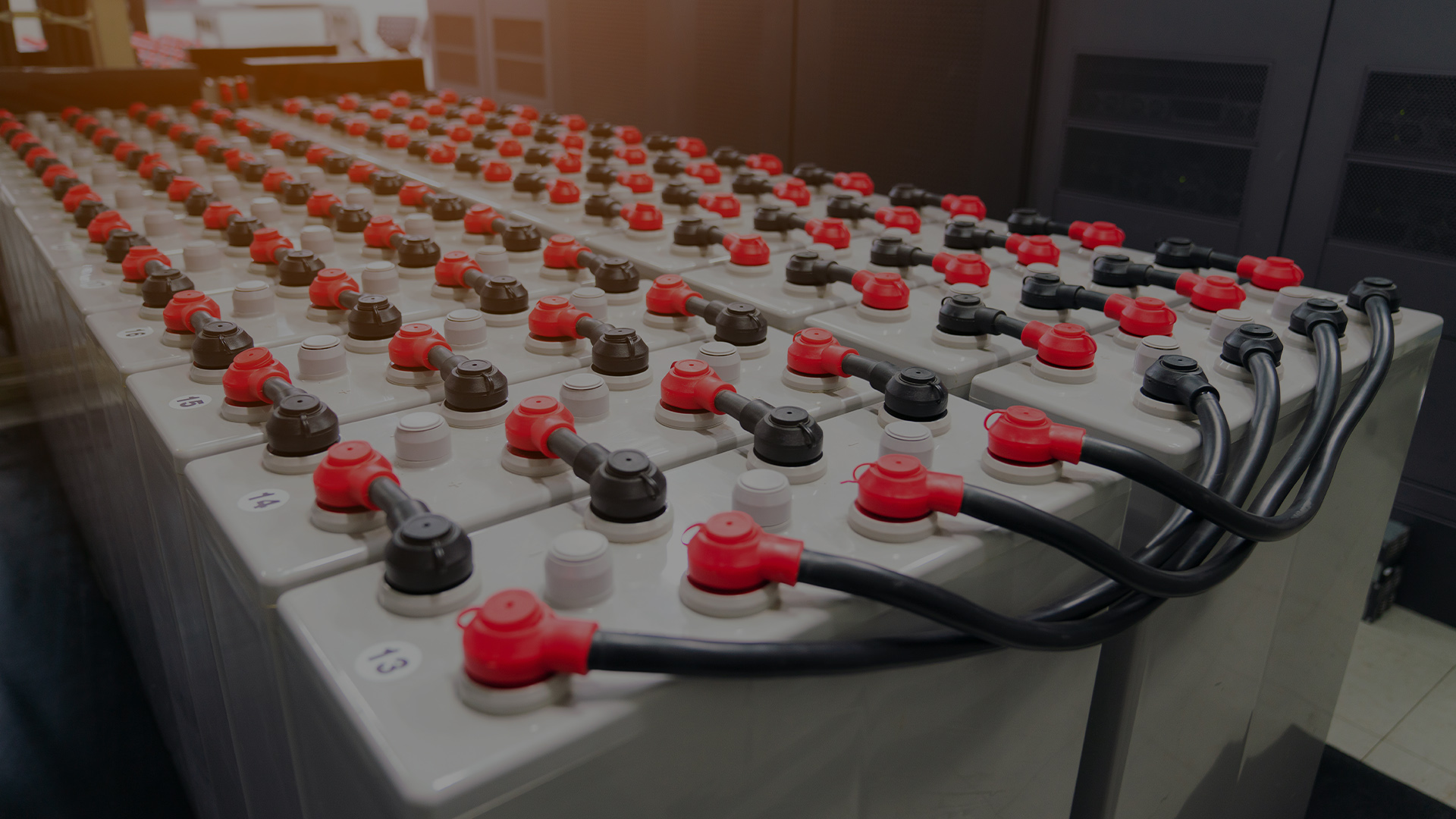Are you a hands-on person who prefers making things yourself? Do you need a lithium-ion battery pack for your ongoing project? If so, continue reading this blog! It contains everything you need to know about lithium batteries. From choosing the correct cells to designing your own battery pack, it includes all the steps for building custom lithium battery packs.
Lithium batteries have increasingly found their use in a variety of items, such as electronic devices you use for e-vehicles. Sometimes you may not even realize that the electronic appliances you use are powered by lithium-ion. Here’s our complete guide to making a lithium-ion battery pack!
Items you will need for lithium battery pack construction
To make a 18650 lithium-ion battery, you will need items such as a 18650 battery, a BMS, a battery level indicator, nickel strip, and spot welding, DC connectors, and other tools such as a 3D printer. In addition to these tools, you should always be protected by gloves and safety goggles whenever you’re working on your project.
On the other hand, if you don’t want to take the complete DIY approach, you can use some battery kits to do the basics you need to create your own.
How to make a lithium battery pack?
To understand the construction of a lithium battery, it is best to look at the different parts including cells, voltage converter, temperature sensors, battery charge monitor, and network connector.
Let’s Look At The Basic Steps Needed To Make Your Own Lithium-Ion Battery.
1. Connect the battery cells together: The first step involves connecting your battery cells together. This is where nickel strips come in. It will ensure that your battery pack will generate less heat during charging cycles, thus making it safe to use.
2. Ensure you have the correct capacity: The way you connect the battery cells needs to ensure that they reach the right capacity and voltage in your battery pack.
3. Assemble the cells: Now your pack needs to consist of three groups of cells wherein each group should have five cells each. Go on and arrange them so that they are fastened together and the battery packs are strong enough to be used.
4. Cut the nickel strips: Place the pure nickel strip on top of five cells so that it covers the cell terminals and has about 10 mm excess on the end.
Then, use the strip to connect the first parallel group negatively to the second group and the negative second group positively to the third group. When spot welding the strips, always remember to wear protective gloves and safety goggles.
5. Connect the BMS; BMS or battery management system is most important as it monitors the cells preventing them from overuse. Your BMS should have four soldering pads- B-, B1, B2, and B+. In order to keep them together, spot weld the BMS to the nickel strips.
6. Connect wiring: The next step is to connect the wiring of your battery pack. There will be two terminals then – one for connecting the load and the other for charging the battery. To connect all the wiring, secure the battery pack using your hot glue gun at the base of the battery and then tighten the top lid using your 3M x 10mm screws.
7. Testing: Now all you need is to test your lithium battery. Bring it back to full power with your charger as needed!
For other information pertaining to lithium-ion batteries, connect with experts at Semco Infratech today!



